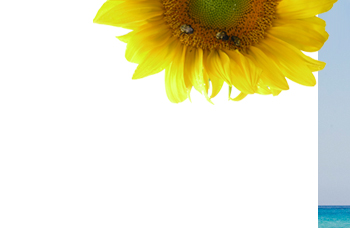Research paper by Heather Mason, Matteo Vandoni, Giacomo deBarbieri, Erwan Codrons, Veena Ugargol, Luciano Bernardi. Evidence-Based Complementary and Alternative Medicine. 2013, Article ID 743504. doi:10.1155/2013/743504
In this assessment, investigators observed the effects of ujjayi breath and slow breathing on cardiovascular and respiratory variables in yoga-naive subjects. They began with the premise, derived from previous research, that a reduced breathing rate (approximately 5-6 breaths per minute) increases cardiac-vagal baroreflex sensitivity (BRS, a measure of the heart’s capacity to regulate blood pressure in different situations), improves oxygen saturation, and lowers blood pressure. The investigators’ intent was to examine whether ujjayi breath offered additional positive effects to slow breathing alone.
Investigators recruited 17 healthy nonsmokers (8 male, 9 female; average age, 26 to 28 years) who had never practiced yoga. Participants received approximately 10 minutes of training in ujjayi breathing technique prior to testing. Participants were then connected to monitoring devices to measure cardiac and respiratory variables. The testing phase comprised 7 breathing conditions:
- Spontaneous breathing (baseline)
- Fast breathing (15 breaths per minute, 2-second inspiration and expiration) without ujjayi
- Slow breathing (6 breaths per minute, 5-second inspiration and expiration) without ujjayi
- Slow breathing (6 breaths per minute, 5-second inspiration and expiration) with ujjayi on both inspiration and exhalation
- Slow breathing (6 breaths per minute, 5-second inspiration and expiration) with ujjayi on exhalation only
- Slow breathing (6 breaths per minute, 3-second inspiration and 7-second expiration) without ujjayi
- Slow breathing (6 breaths per minute, 3-second inspiration and 7-second expiration) with ujjayi on exhalation only
Data analysis showed that fast breathing reduced BRS, while all slow breathing conditions increased BRS vs spontaneous breathing. This increase was significant for all slow breathing conditions without ujjayi, and for slow breathing with ujjayi on exhalation alone, but was not significant for slow breathing with ujjayi on inspiration and exhalation. The authors suggested that the increased respiratory effort required to perform ujjayi, particularly for yogic breathing-naive subjects, might have caused the reduction of BRS benefit.
All of the breathing conditions significantly increased oxygen saturation vs baseline. When ujjayi was added to slow breathing, oxygen saturation increased further. With the exception of slow breathing with equal inspiration/expiration, all slow breathing conditions increased heart rate vs baseline. Overall, ujjayi breathing increased heart rate more than slow breathing alone.
All of the breathing conditions significantly increased oxygen saturation vs baseline. When ujjayi was added to slow breathing, oxygen saturation increased further.
All slow breathing conditions, with and without ujjayi, reduced blood pressure vs baseline. The greatest decrease in blood pressure was seen with slow breathing without ujjayi with equal inspiration/expiration.
Investigators concluded that while ujjayi breathing offered the maximum oxygen saturation of all observed breathing conditions, slow breathing with similar inspiration/expiration times appeared the most effective and simple way to increase BRS and oxygen saturation and lower blood pressure in yoga-naive subjects.
Summary by Louise Fecher




